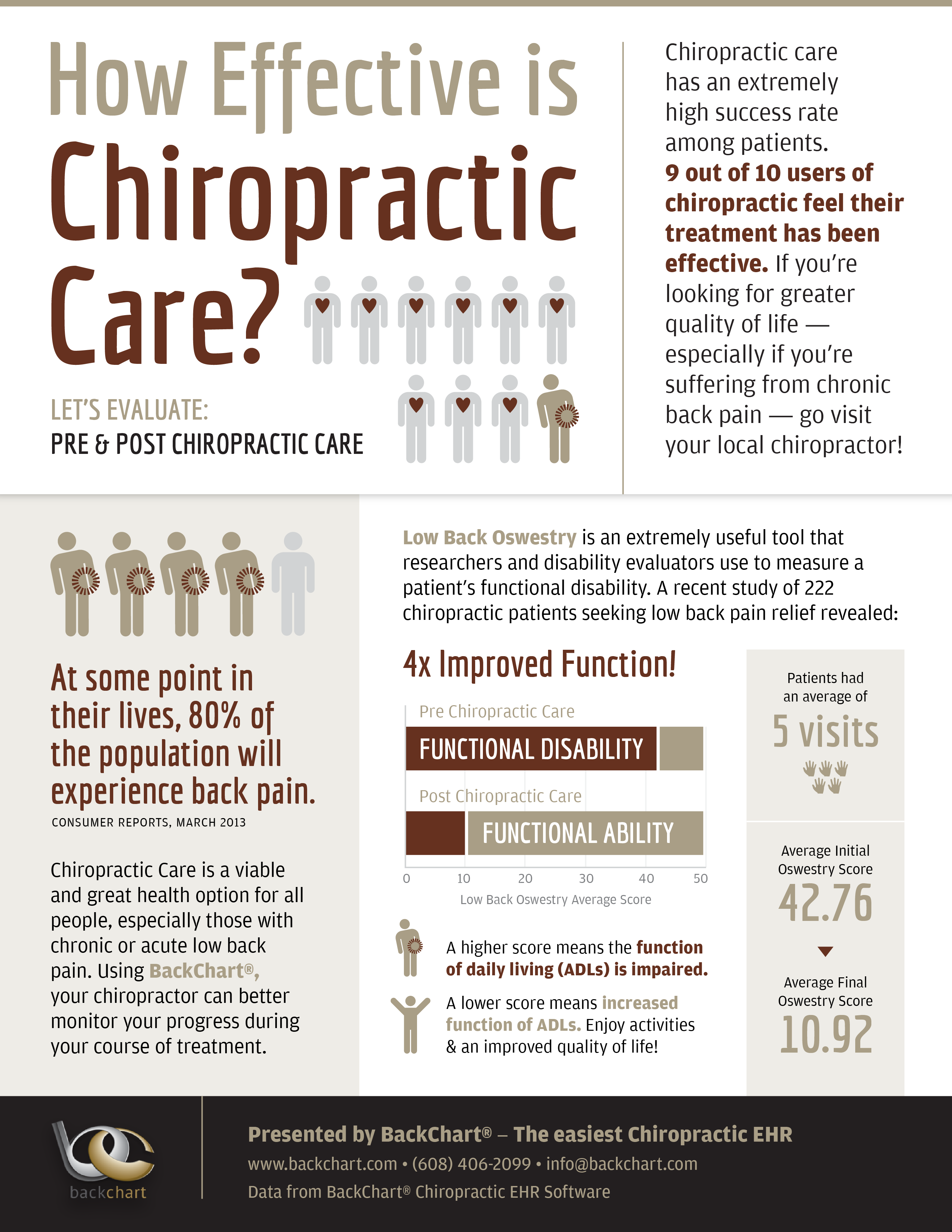Checking Out The Mechanisms And Effects Of Cold Laser Therapy: A Comprehensive Scientific Perspective
Checking Out The Mechanisms And Effects Of Cold Laser Therapy: A Comprehensive Scientific Perspective
Blog Article
Content Written By-Dougherty Kornum
You may have heard of cold laser therapy as an appealing therapy alternative for various conditions, but have you ever before wondered exactly how it really deals with a mobile degree? Comprehending the systems behind this treatment can shed light on its efficiency in promoting recovery and minimizing swelling. By discovering the science behind cold laser therapy, you'll gain insights into the interesting ways in which light can affect cellular procedures and assist in tissue repair work.
How Cold Laser Therapy Works
To comprehend exactly how cold laser treatment functions, you require to realize the basic principles of just how light power connects with biological cells. Cold laser therapy, likewise known as low-level laser therapy (LLLT), utilizes particular wavelengths of light to permeate the skin and target underlying tissues. Unlike the intense lasers used in procedures, cold lasers emit reduced levels of light that do not produce warm or cause damages to the tissues.
When these mild light waves reach the cells, they're soaked up by components called chromophores, such as cytochrome c oxidase in mitochondria. This absorption causes a series of biological actions, including increased mobile energy production and the launch of nitric oxide, which boosts blood flow and reduces inflammation.
Additionally, the light power can likewise promote the production of adenosine triphosphate (ATP), the energy currency of cells, helping in mobile repair and regrowth processes.
Essentially, cold laser treatment utilizes the power of light energy to advertise healing and reduce discomfort in a non-invasive and gentle way.
Mechanisms of Activity
Exactly how does cold laser therapy in fact function to generate its restorative impacts on organic tissues?
Cold laser therapy, also referred to as low-level laser treatment (LLLT), operates with a procedure referred to as photobiomodulation. When the cold laser is applied to the skin, the light energy passes through the tissues and is soaked up by chromophores within the cells.
These chromophores, such as cytochrome c oxidase in the mitochondria, are then promoted by the light energy, resulting in a waterfall of biological reactions. One key mechanism of action is the enhancement of cellular metabolic rate.
The absorbed light energy boosts ATP manufacturing in the mitochondria, which is critical for cellular function and repair work. In addition, cold laser treatment assists to lower swelling by inhibiting inflammatory mediators and advertising the launch of anti-inflammatory cytokines.
This anti-inflammatory effect adds to discomfort alleviation and cells healing.
Therapeutic Results
Understanding the therapeutic effects of cold laser therapy includes identifying exactly how the enhanced cellular metabolic rate and anti-inflammatory homes add to its positive end results on biological tissues.
When the cold laser is applied to the damaged location, it stimulates the mitochondria within the cells, leading to raised manufacturing of adenosine triphosphate (ATP), which is important for mobile feature and repair work. This boost in mobile energy increases the healing process by advertising tissue regrowth and decreasing swelling.
Moreover, the anti-inflammatory residential properties of cold laser therapy help to decrease discomfort and swelling in the targeted area. By preventing inflammatory moderators and advertising the launch of anti-inflammatory cytokines, cold laser treatment help in easing pain and improving the overall recovery response.
https://www.medicalnewstoday.com/articles/paraffin-wax in inflammation not only offers prompt alleviation however also sustains long-lasting tissue fixing.
https://cold-laser-theray21099.luwebs.com/34525058/decoding-the-scientific-research-of-cold-laser-treatment-discovering-its-mechanisms-and-consequences , cold laser therapy works by boosting cellular repair and cells regrowth with photobiomodulation. Its anti-inflammatory residential properties offer discomfort alleviation and reduce swelling by inhibiting inflammatory conciliators.
This therapy offers a detailed approach to recovery, providing both instant relief and lasting tissue repair work benefits.
Via its mechanisms of action, cold laser therapy confirms to be an effective and promising treatment choice for a selection of conditions.
